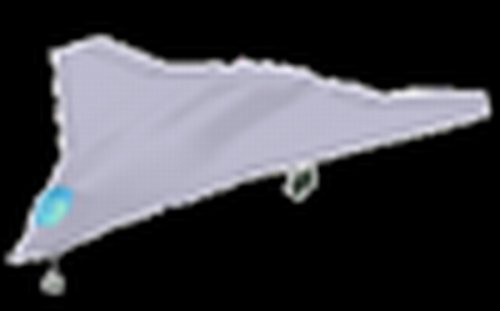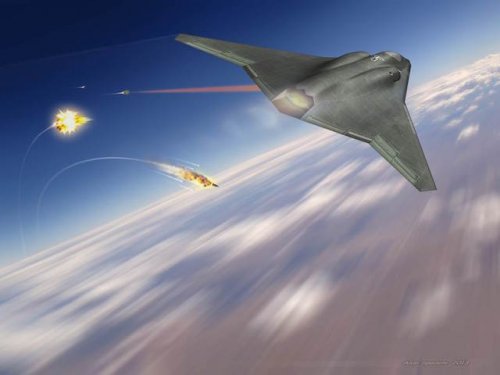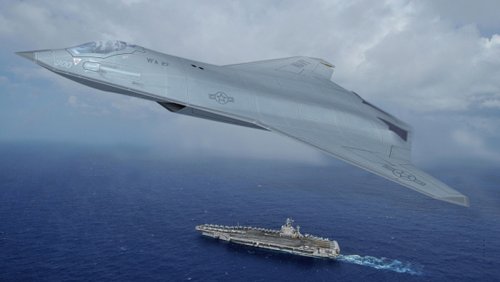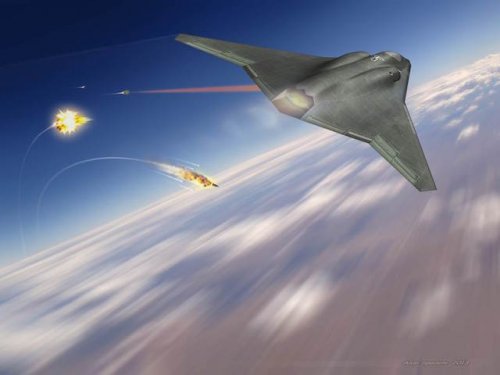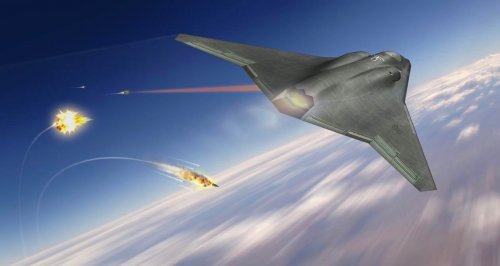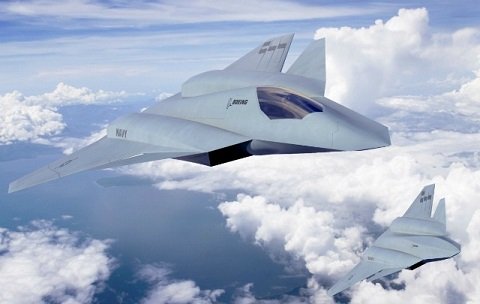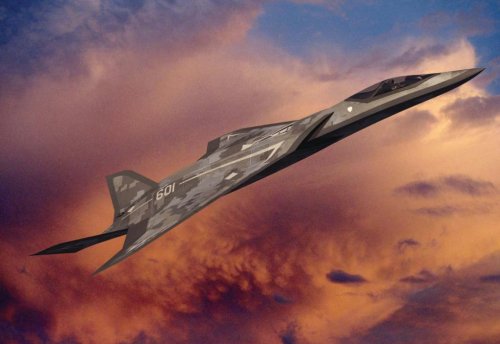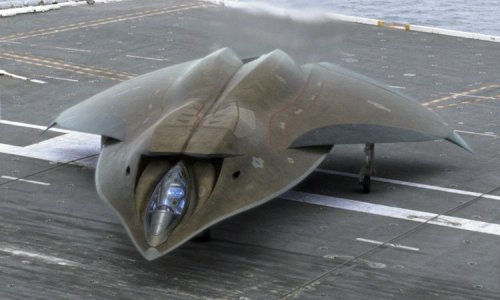- Joined
- 2 August 2006
- Messages
- 3,175
- Reaction score
- 1,159
Rhinocrates said:Venting it quickly means ruining IR stealth, so accumulators storing the energy and trickling it out later have been considered, but N-G has another idea that they're not talking about...
Dumping the heat into the fuel right before it's burned, maybe?

